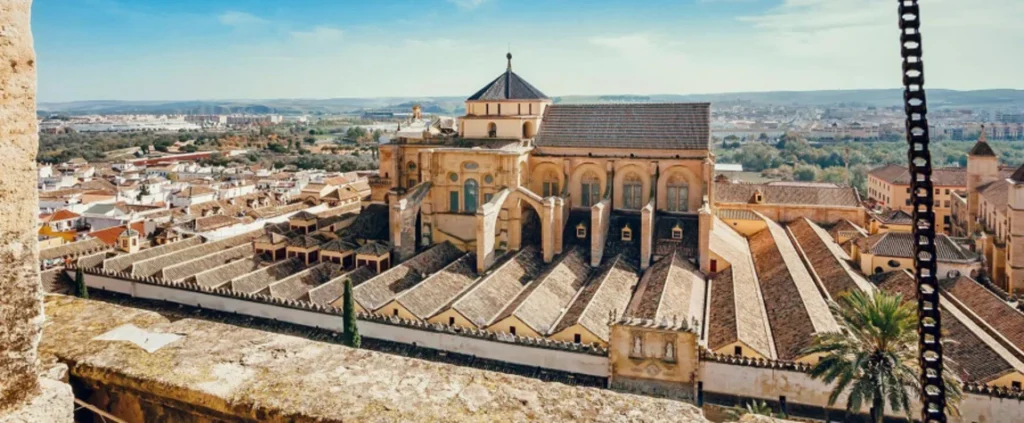The period of Muslim rule in Spain, often referred to as Al-Andalus, spanned nearly 800 years, beginning in 711 AD and ending in 1492 AD. This era had a profound impact on the region’s culture, architecture, science, and social structure.
Key Events and Timeline
- The Umayyad Conquest (711 AD): Muslim forces led by Tariq ibn Ziyad crossed the Strait of Gibraltar, marking the start of Islamic rule in Spain. They defeated the Visigothic king Roderic at the Battle of Guadalete. The initial conquest was swift, and by 718 AD, most of the Iberian Peninsula was under Muslim control.
- The Emirate of Córdoba (756-929 AD): In 756, the Umayyad prince Abd al-Rahman I established the Emirate of Córdoba, breaking away from the Umayyad Caliphate in Damascus. This period was characterized by relative political stability and economic prosperity.
- The Caliphate of Córdoba (929-1031 AD): Abd al-Rahman III declared himself Caliph in 929, marking the height of Muslim rule in Spain. The Caliphate of Córdoba was a period of great cultural, scientific, and architectural achievements, with the capital, Córdoba, becoming one of the most important cities in the world.
- The Taifa Kingdoms (1031-1091 AD): After internal conflicts, the Caliphate of Córdoba fragmented into smaller independent Muslim-ruled states known as Taifas. This period saw a flourishing of arts and sciences, but also political instability and infighting, which made them vulnerable to Christian reconquests.
- The Almoravid and Almohad Dynasties (1086-1232 AD): As Christian forces expanded southwards, the Muslim Taifas sought help from the Almoravid dynasty from North Africa. They temporarily stabilized the situation, but their strict religious rule and subsequent internal decline led to their fall. The Almohads then took over, leading to another phase of consolidation, though they eventually faced defeats in battles such as Las Navas de Tolosa in 1212.
- The Nasrid Kingdom of Granada (1238-1492 AD): The Nasrid dynasty established the Kingdom of Granada, which became the last stronghold of Muslim rule in Spain. Granada paid tribute to the Christian kingdoms but maintained independence for more than 250 years. During this time, the Alhambra palace was built, showcasing the grandeur of Nasrid architecture.
- The Fall of Granada (1492 AD): In 1492, the Catholic Monarchs, Ferdinand II of Aragon and Isabella I of Castile, captured Granada, marking the end of Muslim rule in Spain. This event completed the Reconquista and led to the eventual expulsion of Muslims and Jews from Spain.
Contributions of Muslim Spain
- Cultural and Scientific Achievements: Al-Andalus was a center of learning and innovation. It played a pivotal role in preserving and translating Greek, Persian, and Indian works into Arabic, which later made their way into Europe. Scholars in Al-Andalus made significant advances in mathematics, astronomy, medicine, philosophy, and literature.
- Architecture: Muslim rulers left behind remarkable architectural marvels such as the Great Mosque of Córdoba, the Alhambra in Granada, and the Giralda in Seville. These structures reflect the sophisticated Islamic art and architectural style.
- Agriculture and Economy: The introduction of new irrigation techniques and crops (such as rice, citrus, and sugar cane) transformed the economy of the Iberian Peninsula. This period also saw advancements in craftsmanship, including leatherwork, metalwork,
- Contact team Halal tourism for tour package with guide

